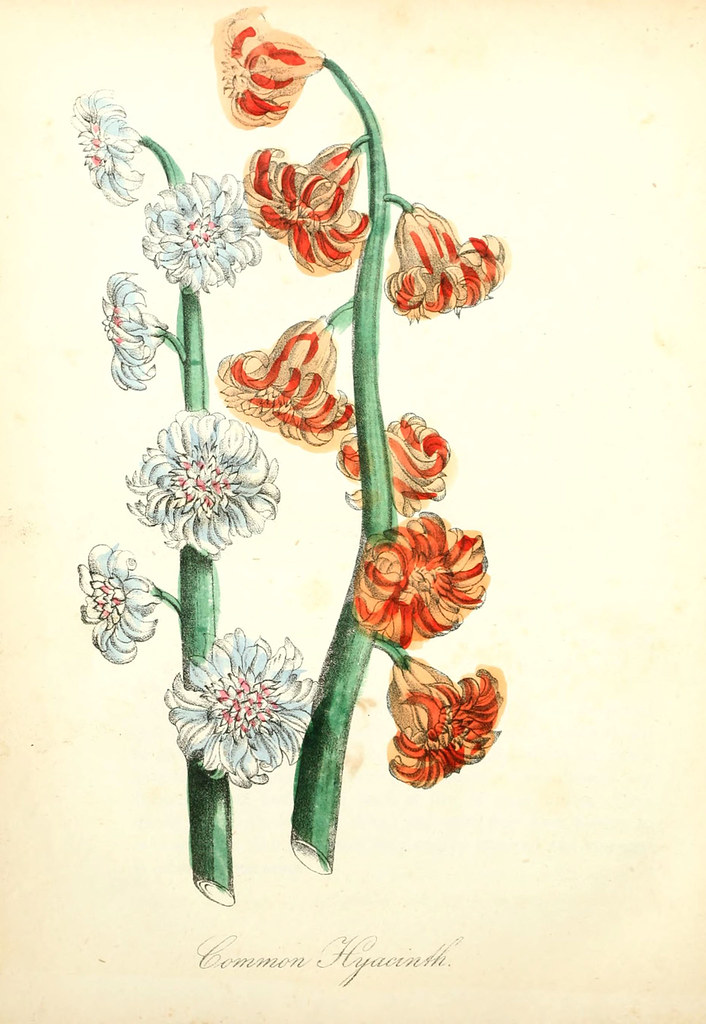#asparagales
Text

Christmas Aloe
Aloe comptonii
Swartberg, Meiringspoort, South Africa
-33.432158, 22.55888
by madabotanik
#plants#botany#aloe#aloes#aloe comptonii#south africa#swartberg#inaturalist#nature#asphodelaceae#asparagales#south africa tag#m
22 notes
·
View notes
Text
Beyond it they found snowdrops growing.

"The Chronicles of Narnia: The Lion, the Witch and the Wardrobe" - C. S. Lewis
#book quotes#the chronicles of narnia#the lion the witch and the wardrobe#c s lewis#snowdrops#flowers#asparagales#amaryllidaceae#amaryllidoideae#galantheae#galanthus
14 notes
·
View notes
Photo

..
#flowers#spring#cottagecore#nature photography#plantblr#allium schoenoprasum#original photography#Amaryllidaceae#botany#botanik#flowering#blüte#plants#pflanzen#original photographers#asparagales#garden#garten#gardening#allium#cottage aesthetic#april#springtime#frühjahr#floral aesthetic#floral#flower#blume#nature#natur
28 notes
·
View notes
Text

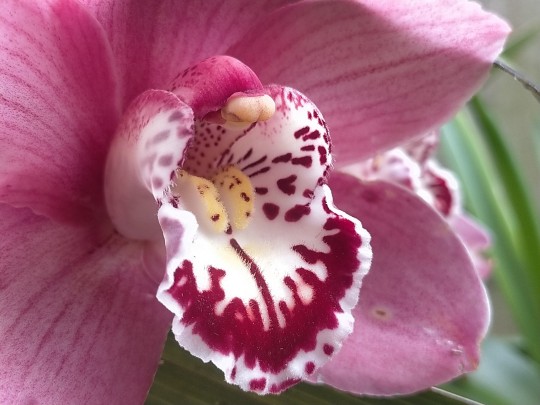

Cymbidium cv.
02-AUG-2023
Melbourne, Vic
#australia#victoria#melbourne#flower#pink#pink flower#orchid#pink orchid#boat orchid#asparagales#orchidaceae#epidendroideae#cymbidieae#cymbidiinae#cymbidium
3 notes
·
View notes
Video
Yellow Asparagales Orchid, Chester Zoo by Tony
#Asparagales#England#Orchidaceae#animals#britain#cheshire#chester zoo#europe#flower#leaf#orchid#petal#plant#stamen#upton#zoo#©2022 Tony Sherratt#2022 01 09 125724#flickr
15 notes
·
View notes
Video
n293_w1150 by Biodiversity Heritage Library
Via Flickr:
The American flora. v.1 New York :Hull & Spencer,1855. biodiversitylibrary.org/page/11330418
#Medicinal plants#North America#Pictorial works#Plants#Wild flowers#Mertz Library#The New York Botanical Garden#bhl:page=11330418#dc:identifier=http://biodiversitylibrary.org/page/11330418#common hyacinth#Hyacinthus orientalis#North America plant#'Europe#plant#Asia plant#Hyacinthus#Hyacinth#Scilloideae#Asparagaceae#Asparagales#Monocotyledon#Flowering plant#Botany#HSAFlora#Flowers#flickr#garden hyacinth#Dutch hyacinth
0 notes
Photo

Frühlingsbote #schneeglöckchen, #schneeglöckchenliebe, #monokotyledonen, #spargelartige, #asparagales, #galantheae, #frühlingsblume, #flower, #snowdrop, #flower, #südststeiermark, #steiermark💚, #steiermark, #southernstyria, #styria, #österreich, #austria, #matom, #thomasmaric, #pflanze, #plant, #sanktveitindersüdsteiermark, #sanktveitamvogau, #frühling, #spring, (hier: Sankt Veit Am Vogau, Steiermark, Austria) https://www.instagram.com/p/CpZfO9oo0T6/?igshid=NGJjMDIxMWI=
#schneeglöckchen#schneeglöckchenliebe#monokotyledonen#spargelartige#asparagales#galantheae#frühlingsblume#flower#snowdrop#südststeiermark#steiermark💚#steiermark#southernstyria#styria#österreich#austria#matom#thomasmaric#pflanze#plant#sanktveitindersüdsteiermark#sanktveitamvogau#frühling#spring
0 notes
Text
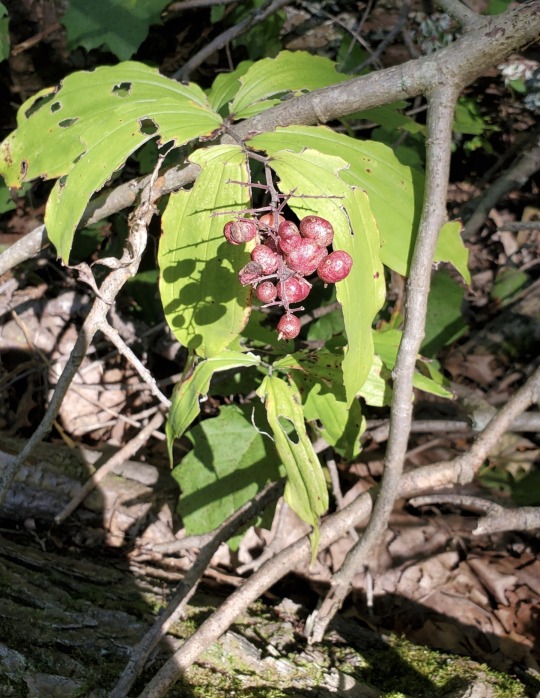
9/27/22
#false solomon's seal#Maianthemum racemosum#plant#flowering plant#monocot#Asparagales#Asparagaceae#Nolinoideae
0 notes
Photo

🌱 Lengua de Suegra o Dracaena trifasciata es una especie del género Dracaena originaria del oeste de África tropical hasta Nigeria y al este de República Democrática del Congo. En el 2017 las especies del género Sansevieria fueron incluidas en el género Dracaena con base en estudios moleculares de su filogenia. #LenguaDeSuegra #DracaenaTrifasciata #Dracaena #Trifasciata #Prain1903 #Magnoliophyta #Asparagaceae #Asparagales (en Mendoza, Argentina) https://www.instagram.com/p/CkL-1TYpuT1/?igshid=NGJjMDIxMWI=
#lenguadesuegra#dracaenatrifasciata#dracaena#trifasciata#prain1903#magnoliophyta#asparagaceae#asparagales
0 notes
Photo
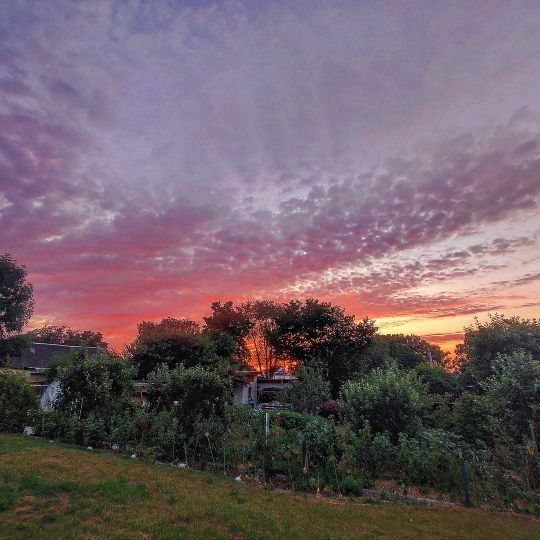
#lichtundschatten #plauenvogtland #900jahreplauen #sonnenuntergang🌅 #fädigepalmlilie #yuccarecurvifolia #agavoideae #asparagales und #astilbejaponica #saxifragales (at Plauen) https://www.instagram.com/p/CfjIKVPtHTC/?igshid=NGJjMDIxMWI=
#lichtundschatten#plauenvogtland#900jahreplauen#sonnenuntergang🌅#fädigepalmlilie#yuccarecurvifolia#agavoideae#asparagales#astilbejaponica#saxifragales
0 notes
Text
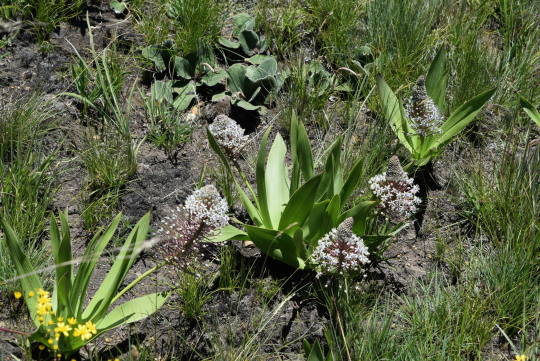
Sand Lily
Schizocarphus nervosus
Highmoor, 3300, South Africa
-29.317155, 29.616932
by alison_young
#botany#sand lily#schizocarphus#genus schizocarphus#south africa#south african plants#flowers#monocots#asparagales#order asparagales#asparagaceae#m#highmoor
10 notes
·
View notes
Text
9 people you'd like to get to know better
tagged by @wispstalk (and @kagrenacs so long ago……i didn't forget </3 sorry) thank u !!
since both of these tag games had similar questions i decided to mix them! kayd's will be below the cut ^_^
3 ships: tbf i too am mostly a ship Appreciator as in i rarely get invested.... i can't say i have any i am particularly fond of currently? i'm barely active in any fandom right now so :(
First ship: there were constant re-runs of xena playing on tv when i was in elementary school. need i say more
Last song: control by traci lords
Last film: lynch's lost highway solely for patricia arquette. it um. was a movie for sure. if you're going to be watching it ideally go in blind as i did lol
Currently reading: NOTHING UNFORTUNATELY…….at least for recreation ;_; i had a couple books i wanted to start but i'm not sure when i'll have the time to actually read them. still open to recs though (so i can feel guilty for not reading those as well)
Currently craving: craved* a caprese salad which i got to eat soon after !!
-
fav color: THIS
relationship status: single
last thing googled: asparagales. the past half an hour i've been on a deep dive trying (struggling) to solve today's puzzle. i know nothing of botany
current obsessions: vtm redemption !! i started the game like a month ago but haven't been able to play much until now
tagging:
@andromedaholic, @adderstones-aes, @blood-bound, @postpunks, @ermor, @cuntstable, @alivehouse, @harbingerofskulls, @skineruptions
no pressure to do this obvi. feel free to pick & choose whatever questions you like! any other mutual that wants to do this, consider yourselves tagged. mwah <3
#if any of u aren't fans of tag games let me know btw#& kayd again i am so sorry for doing this 3 months later
14 notes
·
View notes
Photo

..
#flowers#gardening#spring#plantblr#flowercore#Allium schoenoprasum#plants#blumen#original photography#frühling#nature photography#natur in deutschland#garden#garten#original photographers#asparagales#chives#schnittlauch#botany#botanik#flower#blume#springtime#frühjahr#botanical#botanisch#nature#natur#plantcore
20 notes
·
View notes
Text
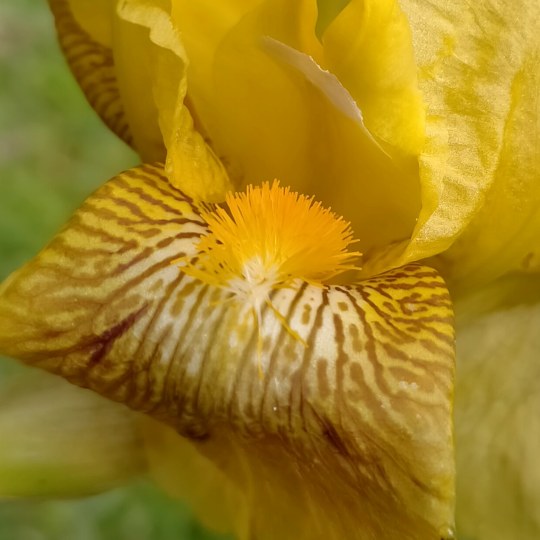
Iris cv.
05-NOV-2022
Melbourne, Vic
#australia#victoria#melbourne#flower#yellow flower#yellow iris#striped flower#bearded iris#german bearded iris#asparagales#iridaceae#iris#iris x germanica
3 notes
·
View notes
Text
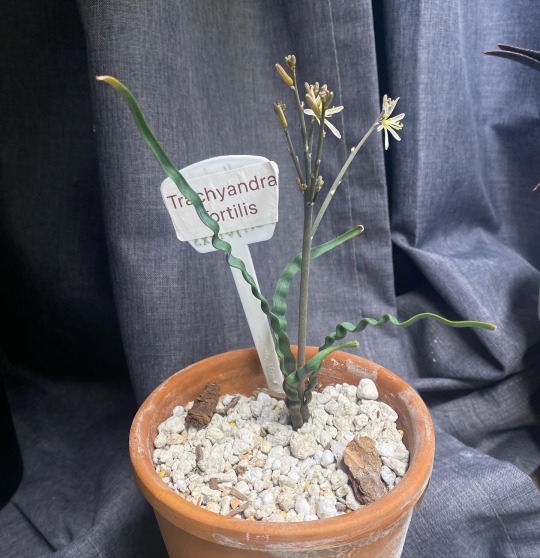


One of them flowered! The flowers aren’t too interesting and look like very standard Asparagales flowers, but the inflorescence itself does add a little to the alien-ness of the plant!
(Trachandra tortilis)
60 notes
·
View notes
Text
Aloe Vera
Aloe Barbadensis Miller
Aloe Vera Variety Chinensis

Aloe Barbadensis Miller - Edible

Aloe vera variety Chinensis - Not Edible

Comparison
Background Information
Alternative Names:
Plant Type: Succulent Evergreen Perennial
Higher Classification: Aloes
Family: Asphodelaceae (Liliaceae)
Order: Asparagales
Habitat: Arid climates; Africa, India, Arabian Peninsula
Environment: 55 - 80 degrees fahrenheit, does well indoors
Zones: 8 - 11
Invasive: It is invasive in many world regions.
Identification:
Aloe vera barbadensis Miller has thick, wide, fleshy upright leaves which are gray-green in colour, and are arranged in a very distinct circular rosette form.
The younger leaves are spotted with white flecks or streaks, just like the non-edible variety, but these markings disappear as the leaves get older. The mature leaves are plain in colour, without any white spots or streaks.
This variety produces yellow flowers, which are different from the non-edible variety that has orange flowers.
Aloe vera variety Chinensis has narrow spotted leaves that are a blue-green in colour, and and are arranged in a flatter and stacked form, rather than a round rosette form kike the edible variety.
Both the young and older leaves are spotted with white streaks or markings, which are retained right through to maturity, and never disappear
This variety produces orange flowers, which are different from the edible variety that has yellow flowers.
Uses:
Aloe vera barbadensis Miller -
May reduce blood sugar levels: In human and animal studies, aloe vera gel helped reduce blood sugar levels by increasing insulin sensitivity
May suppress inflammatory signals: In animal and test-tube studies, aloe vera extract suppressed inflammatory signals such as TNFα, IL-1 and IL-6
Reduce dental plaque: If used as a mouthwash, aloe vera juice may be as effective as a regular mouthwash in reducing dental plaque build-up
May boost memory: In one animal study, consuming aloe vera gel helped enhance learning and memory while also reducing symptoms of depression
Rich in antioxidants: Regularly eating aloe vera gel may raise blood antioxidant levels. Antioxidants help combat the damage caused by free radicals, which are compounds linked to many chronic diseases
Aloe vera variety Chinensis - The thick leaves contain a gel which is commonly used externally to treat skin irritation, minor burns, sunburns, itching due to allergies and insect bites, sores and skin ulcers.
Note:
It’s important to understand that there are different varieties of Aloe vera, and the common variety for burns is not meant to be eaten, it’s just meant to be applied to the skin.
To quote the San Marcos Growers website article on Aloe vera:
“The scientific name assigned to this aloe has been changed several times in the last few years from Aloe vera to Aloe barbadensis and then back to Aloe vera. It seems that this controversy dates back to the two names being published a couple weeks apart back in April of 1768. In “The Illustrated Handbook of Succulent Plants: Monocotyledons” (Edited by Urs Eggli, Springer-Verlag 2001) L.E. Lewis, the author on the section Aloaceae, lists the plant as Aloe vera (Linné) Burman and notes that Linné (Carl von Linné or Carolus Linnaeus) did not pubish the combinations of Aloe vera as a numbered species and that Gilbert Westacott Reynolds in “The Aloes of tropical Africa and Madagascar” (1966) argued that the name should be A. barbadensis but had overlooked the combination published by N.L. Burman (not later than April 6, 1768), which has priority over Miller’s name [A. Barbadensis]. Lewis cites as reference for this information L.E. Newton’s article “In defence of the name Aloe vera” in the the “Cactus and Succulent Journal of Great Britain” (1979:41-2).”
Currently, according to botanists, all these names refer to the same plant:
Aloe vera
Aloe barbadensis
Aloe vera barbadensis Miller
Aloe vera var. barbadensis
Aloe vera var. chinensis
Magical Properties
Healing, Beauty, Love, Protection, Luck, Water, Ease Pain
⚠️ Warning ⚠️
Eating aloe vera latex, a yellow substance that is found inside the leaf, has potential risks.
In small doses, eating the latex may help treat constipation by promoting contractions. However, in 2002 the US FDA banned the sale of over-the-counter products containing aloe vera latex due to safety concerns.
Long-term consumption of aloe vera latex has been linked to side effects, including stomach cramps, kidney problems, irregular heartbeat and muscle weakness.
In high doses above 1 gram per day, prolonged use may even be fatal.
Pregnant women should avoid eating the latex, as it may stimulate uterine contractions, which could cause a miscarriage.
In addition, people with digestive disorders, such as inflammatory bowel disease (IBD) or Crohn’s disease, should avoid consuming aloe vera latex as it may worsen their conditions.
Aside from the latex, consuming aloe vera gel is not advised for people taking diabetes, heart or kidney medications, as it may worsen potential side effects from the drugs.
In Essence:
Aloe vera gel and skin can be eaten. The gel, in particular, may offer several health benefits.
Be sure to wash the gel or skin thoroughly to remove all traces of latex, which has an unpleasant bitter taste and may cause harmful side effects.
Never eat aloe vera skin care products. They do not offer the same benefits as the leaf and are not meant to be ingested.
Care Guide
Growth Height: 2 Ft High
Exposure: Full sun to part shade
Water intake: very drought tolerant
Soil preference: Aloe vera will grow in most soil types, it doesn’t like ‘wet feet’, where the soil stays wet and soggy for long periods, especially during colder weather. Dig in compost before planting to help with drainage in clay and other water-retentive soils.
In locations which are too shady, Aloe vera plants becomes weak and vulnerable to disease, so it’s best to ensure they get sufficient light when grown outdoors.
When growing Aloe vera in a pot or container, it’s important to use a very well draining potting mix such as ‘cactus and succulent mix’, and most gardeners use terracotta pots to grow them in because they drain much better. Water frequently in hot, dry extreme weather as Aloe vera plants growing in pots can get quite burnt and wilted if they are in a harsh, exposed open position and their water supply runs short.
Season: Summer, will tolerate cold, it’s hardy to -2°C (28°F)
Spread: 3 Ft Wide
Spacing: The ideal pot size for an aloe plant is between 5 and 10 percent larger than the size of the plant right now. This will leave no more than 1 or 2 inches of extra room around each side of the plant.
Maintenance: With both Aloe vera varieties, harvest the older outer leaves when required. If you need to create more plants, give the plants time to grow and they’ll multiply prolifically, whether in a pot or in the ground. Gently pull up the offshoots or pups growing around the parent plant and repot them.
#witchcraft#gardencore#cottagecore#farming#houseplants#homestead#plantblr#wildflowers#witch community#witchcraft 101#baby witch#beginner witch#witchblr#green witch#green witchcraft#hedge witch#spellwork#correspondences#nature witch#magic#witch#grimoire#book of shadows#bos#botany#plants
99 notes
·
View notes
